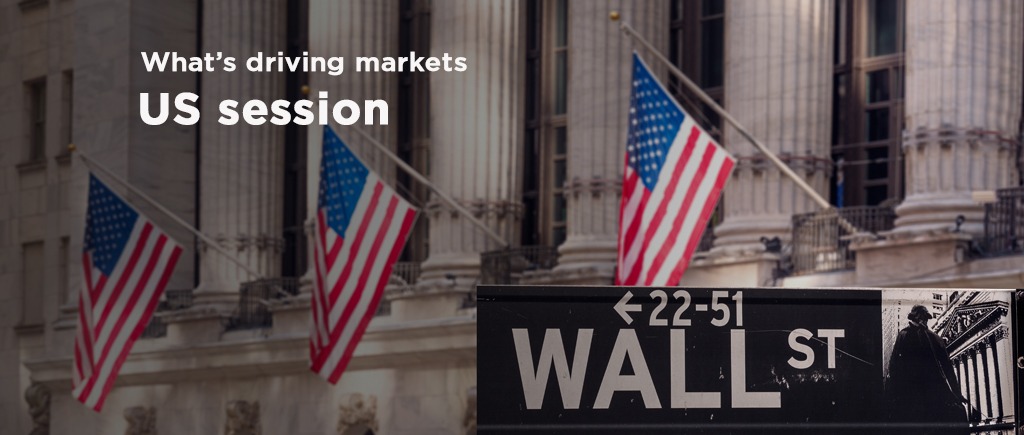Risk aversion dominated financial markets at the beginning of the trading week. Global stocks edged lower, while government bond yields soared during European trading hours, giving up some ground ahead of Wall Street’s close.
The negative market sentiment came from the usual suspects. High inflation levels, increasing coronavirus cases, and tensions in Eastern Europe all contributed to the run to safety.
Economic Data
No notable economic data was released during the trading session.
Other Developments
EU Commission chief von der Leyen’s plan to travel to see Hungary’s Orban yielded no breakthrough. The president of the European Commission has wanted Hungary to agree to stop importing Russian oil, but eventually failed to reach agreement with Hungary on Monday to secure the country’s backing for an oil embargo on Russia, setting back hopes of a quick deal on Brussels’ energy sanctions proposals.
The American dollar ended the day mixed but generally stronger. The worst performers were commodity-linked currencies, as gold and oil prices were sharply down. The AUD/USD pair fell to a fresh multi-year low of 0.6974, while USD/CAD approaches 1.3000, trading at levels last seen in December 2020. Meanwhile, spot gold trades around $1,854 a troy ounce while WTI settled at $102.70 a barrel.
The EUR/USD pair fell to 1.0494 but managed to trim losses, ending the day with modest gains in the 1.0560 price zone.
Fed’s member Raphael Bostic said that a 75 bps rate hike has a low probability, but added that he is not taking anything off the table. Anyway, he said that he sees two or three 50 bps rate hikes as a baseline.
Across the Pond, European Commission President Ursula von der Leyen noted that they keep making progress on a Russian oil embargo but still need to secure energy resources for the region.
Solana price continues to tank despite Instagram NFT support for NFTs
GBP/USD is unchanged at 1.2340. Bank of England external Monetary Policy Committee member Michael Saunders said a neutral rate might be in the 1.25%-2.5% range, adding that UK rates might need to go above neutral if inflation expectations go higher.
Also Read
Hungary’s Orban Stalls EU Oil Embargo On Russia
Gold bounces nearer $1,850 as investors await US inflation
Growth Concerns, Strong USD Drive Investors Away From Metals
USD/CAD Touches Lowest Level Since Nov 2020
Fed survey: Inflation for consumers retreats from record high
Gold’s large selling program could be imminent
USD/CHF Gains, But Fell Short Of Parity At Around 0.9960s
Fed’s Bostic: 75 bps rate hike is low probability
Cash Mighty King Across Markets As Investors Sell Assets
GBP/USD recovers from three days of losses, ahead of US Retail Sales, CPI
US Dollar Gives Away Part of Earlier Momentum
 Noor Trends News, Technical Analysis, Educational Tools and Recommendations
Noor Trends News, Technical Analysis, Educational Tools and Recommendations





